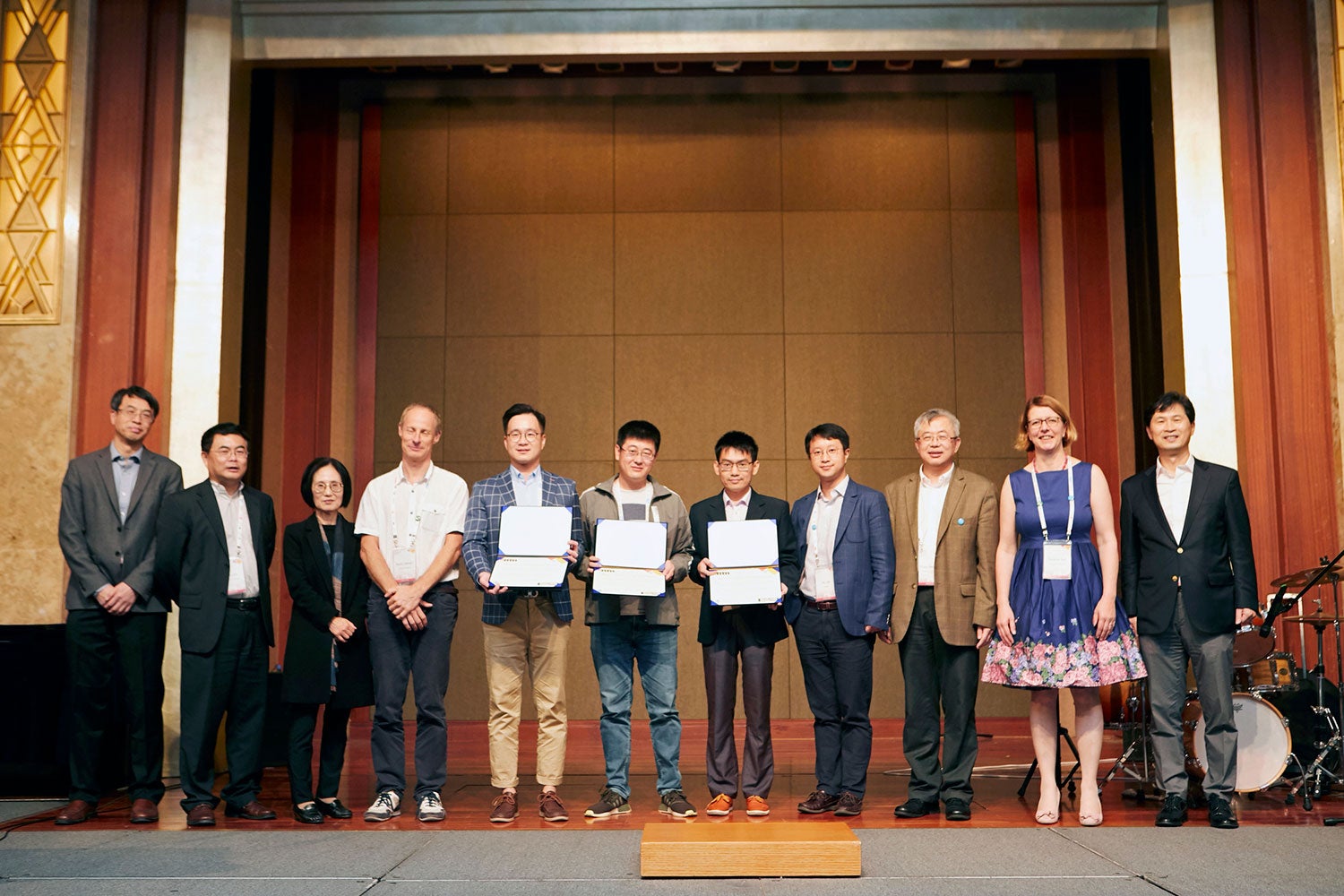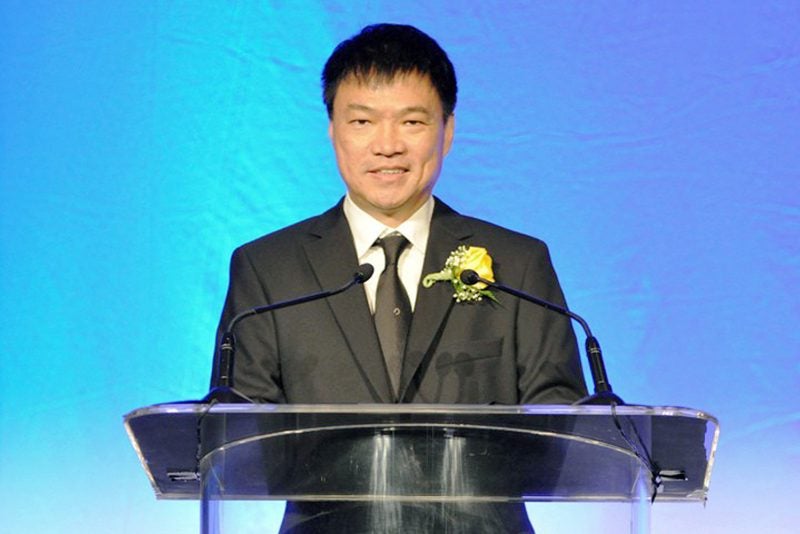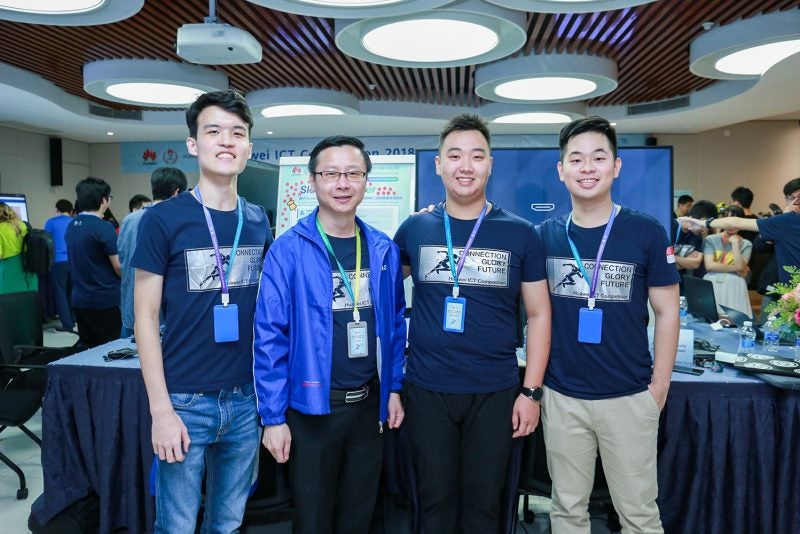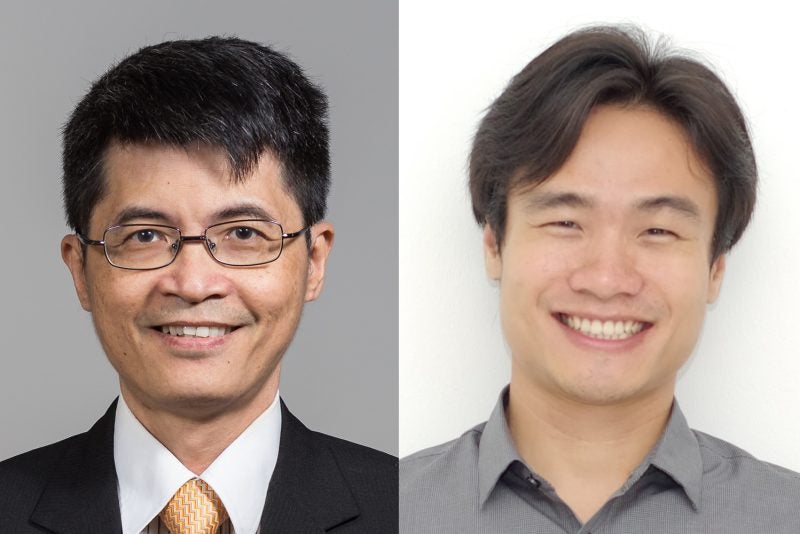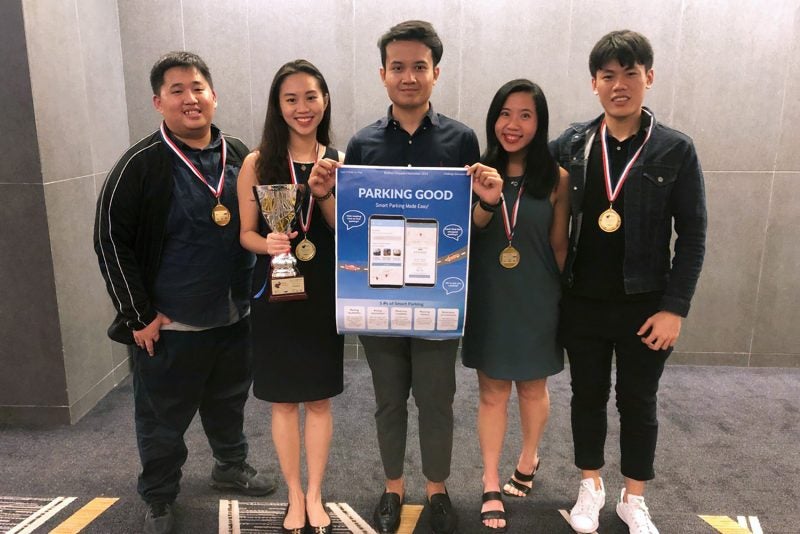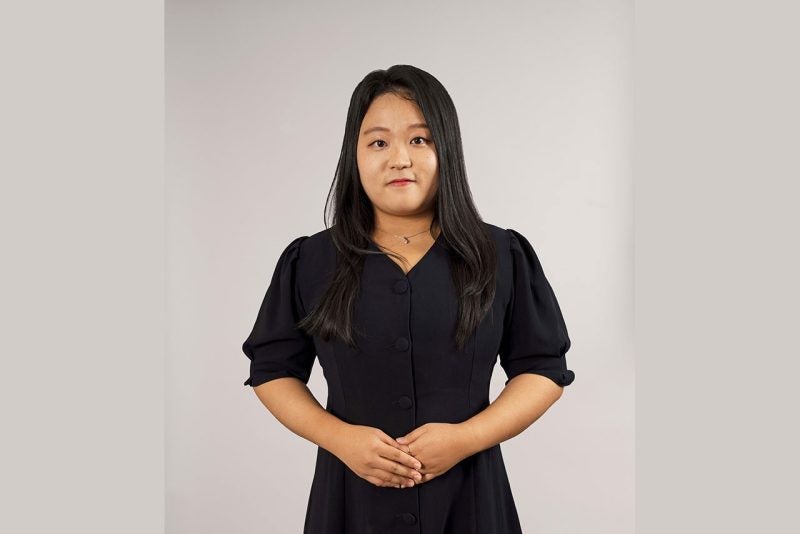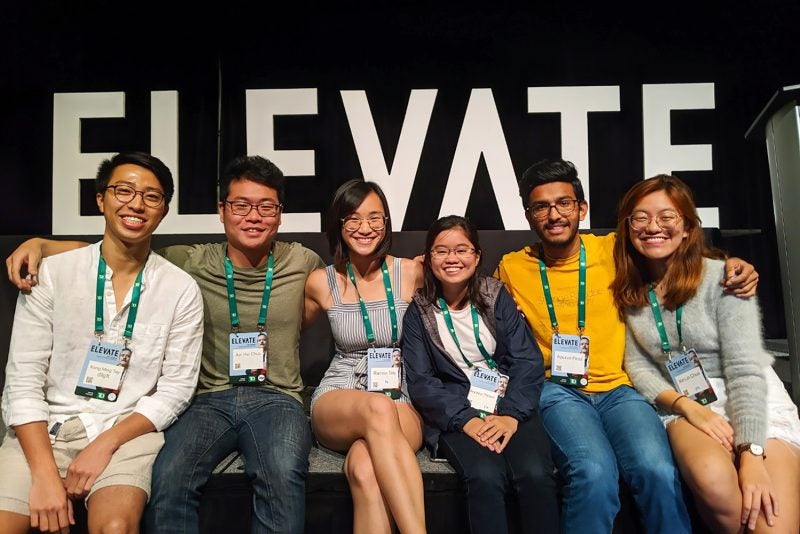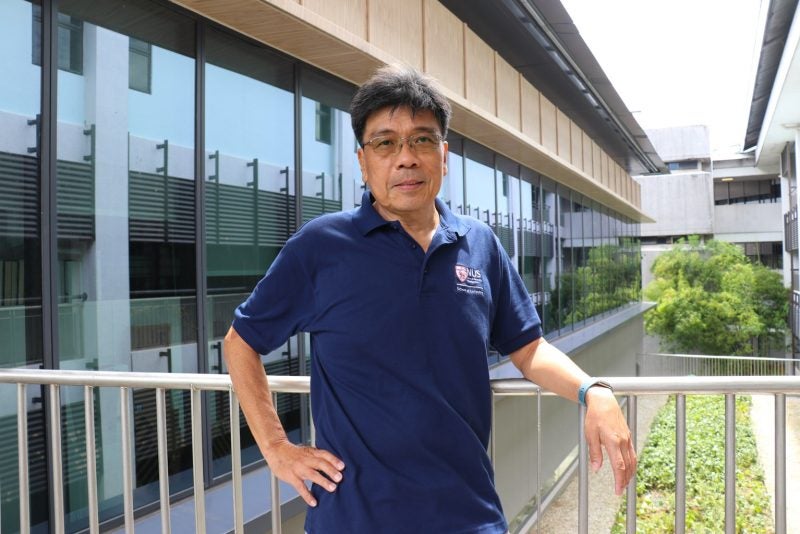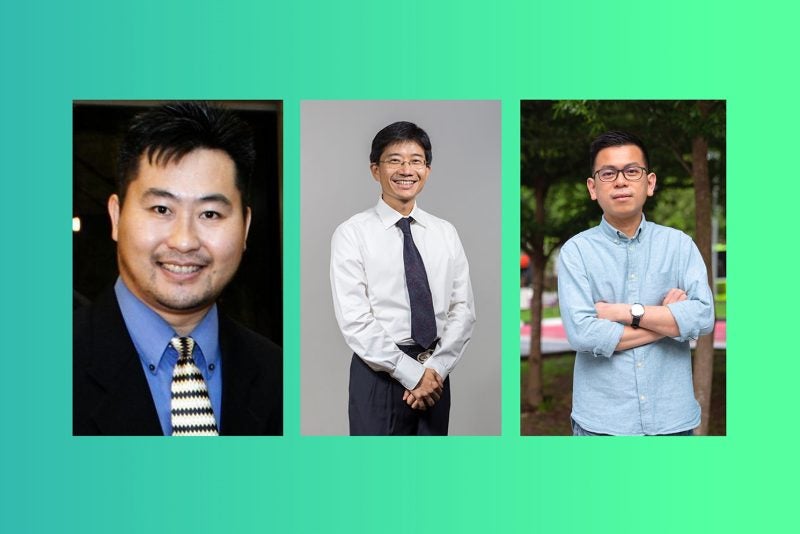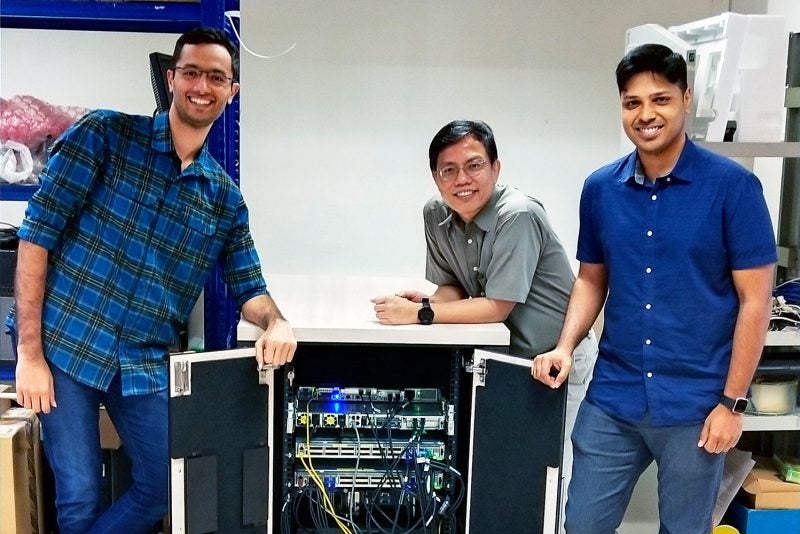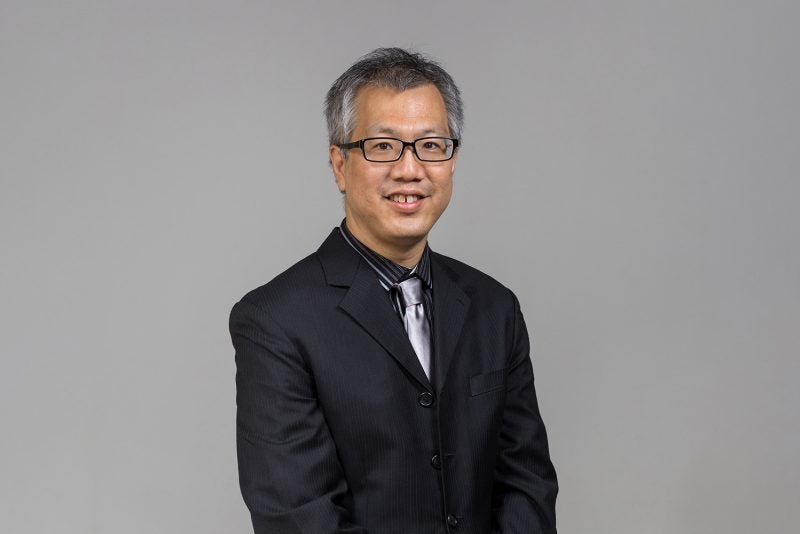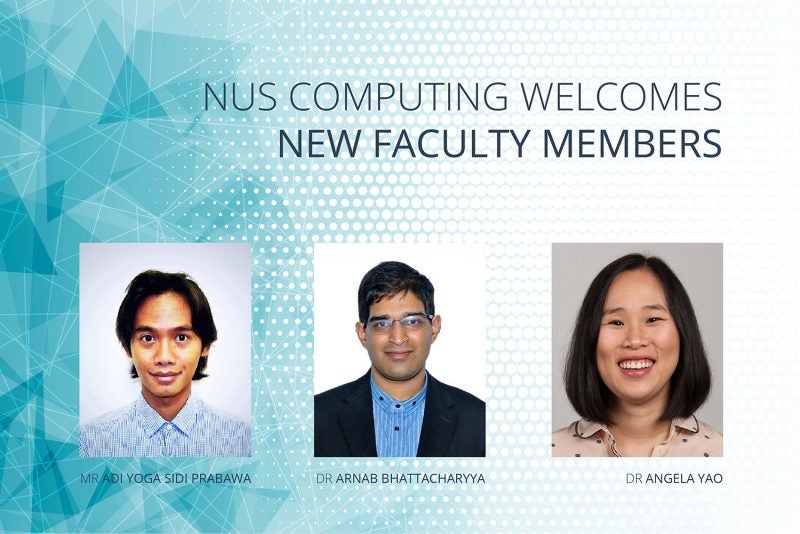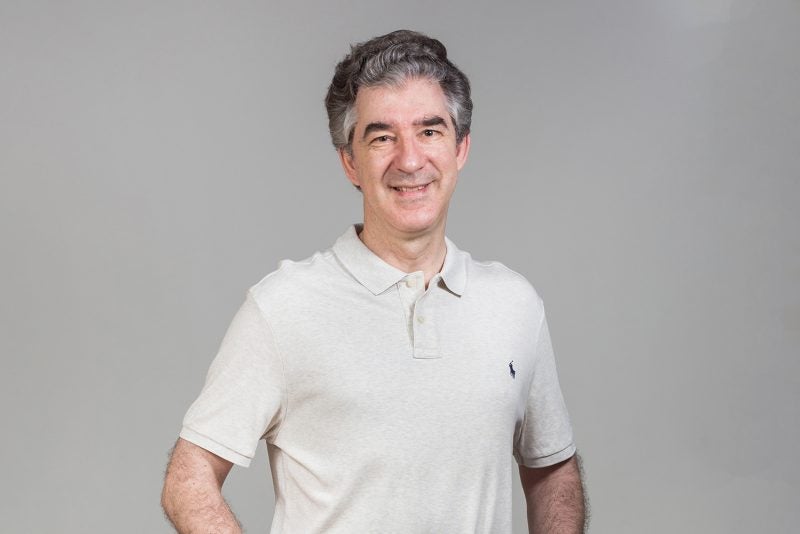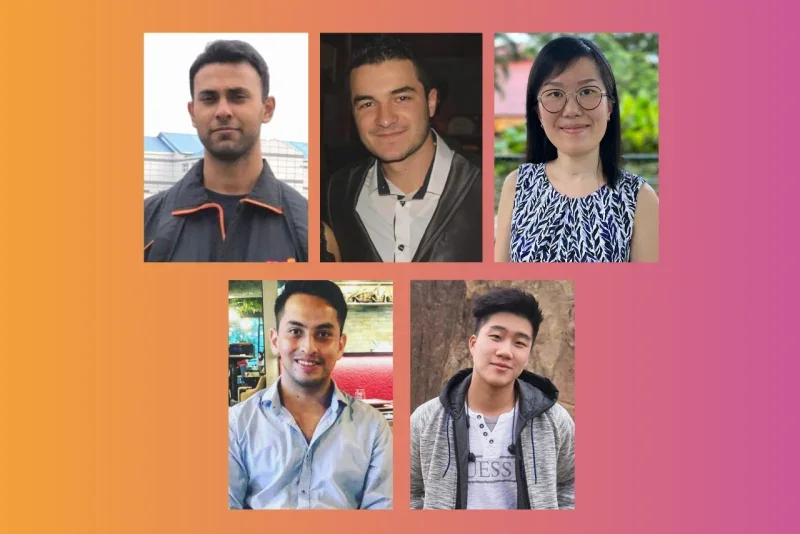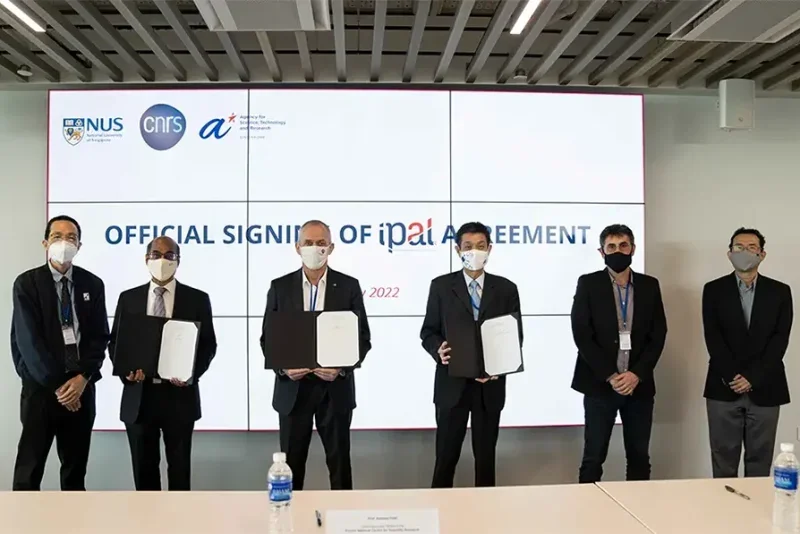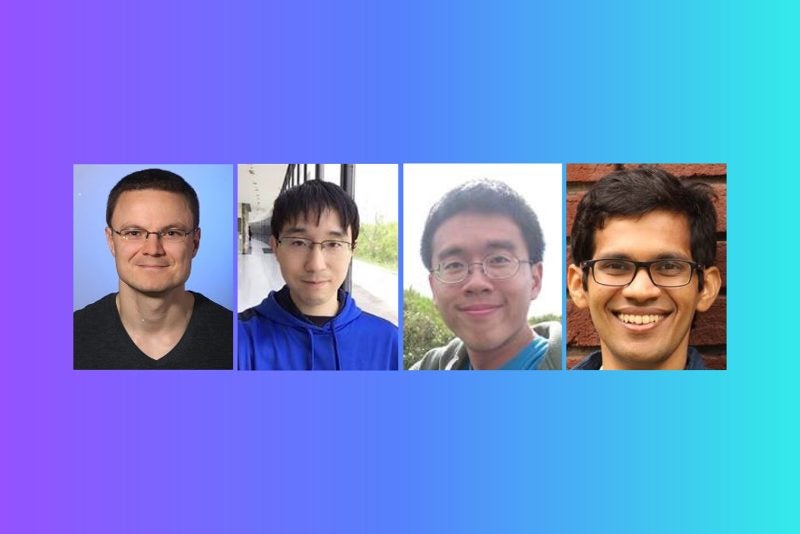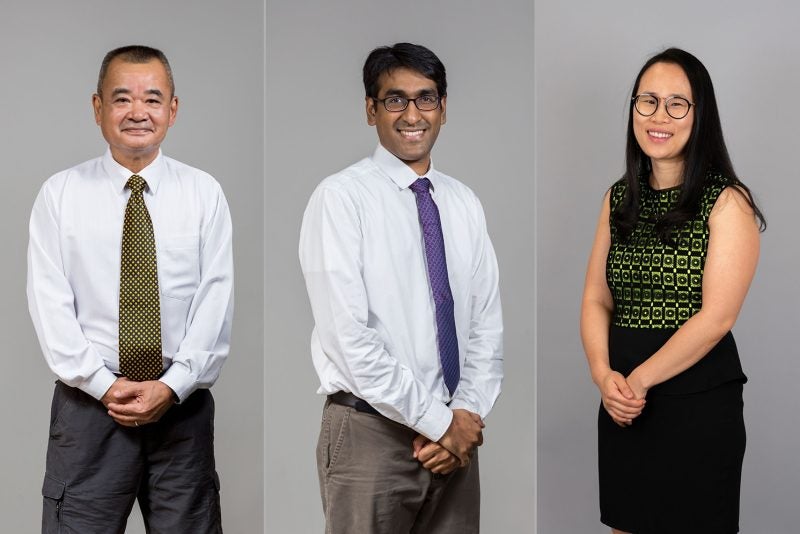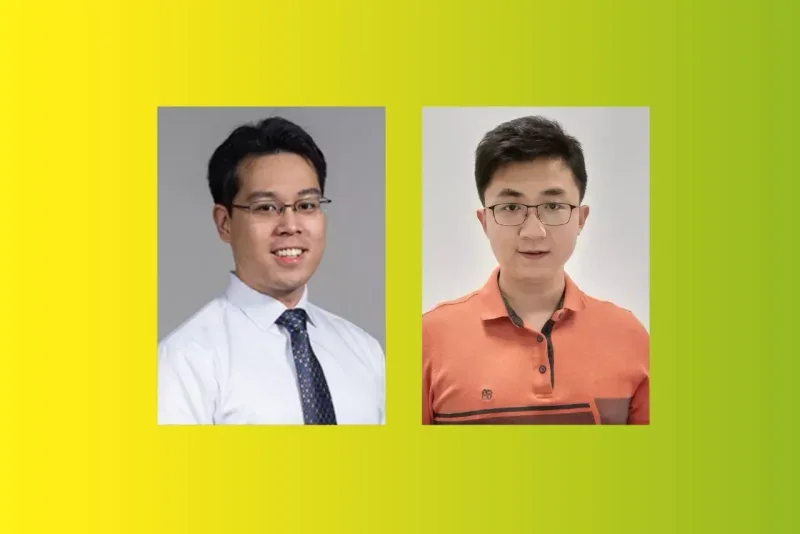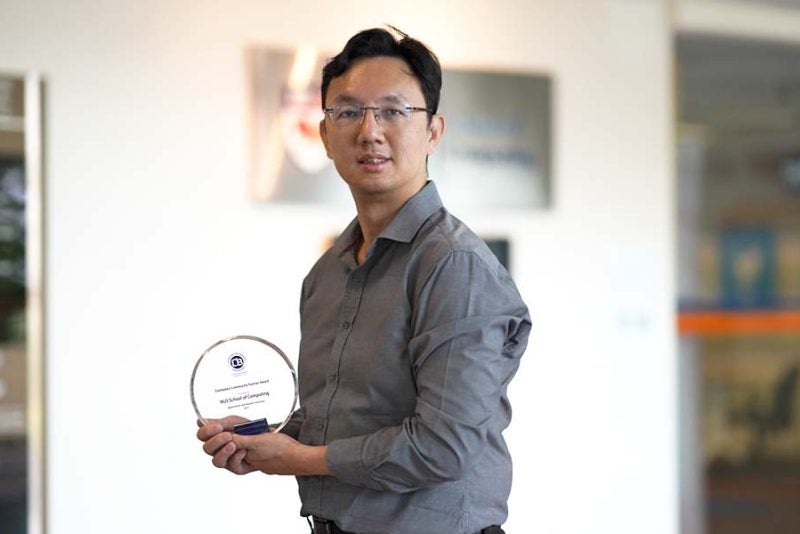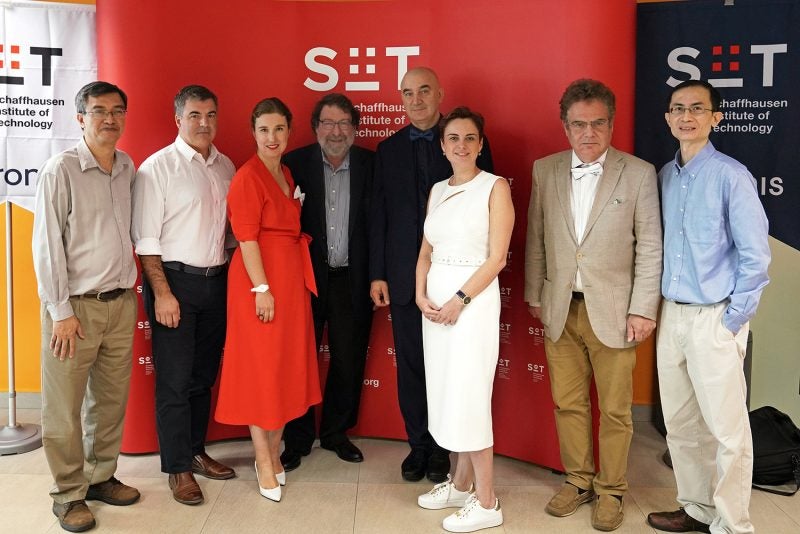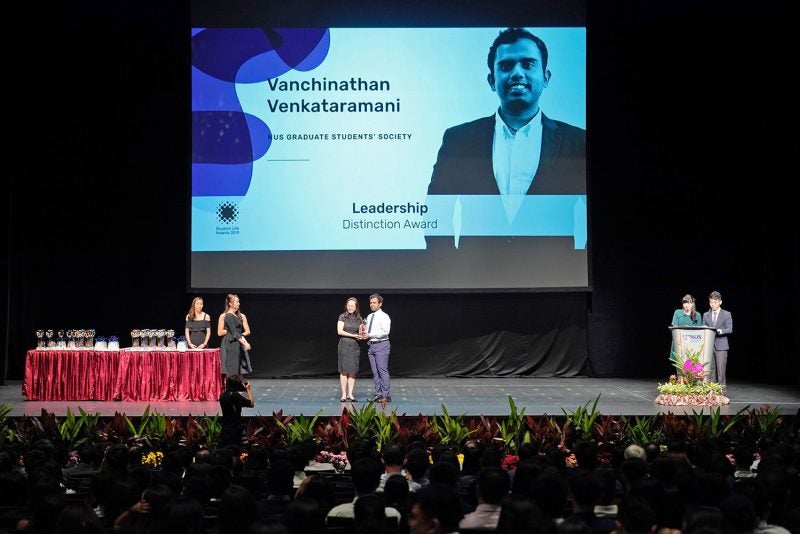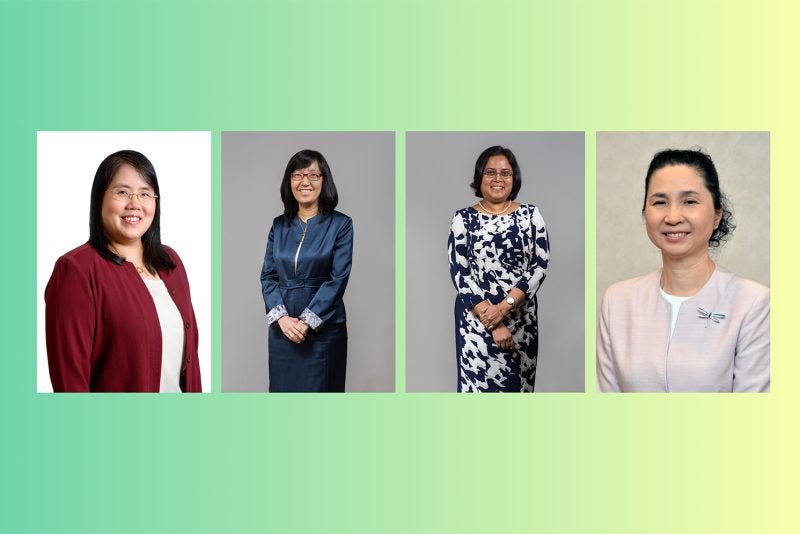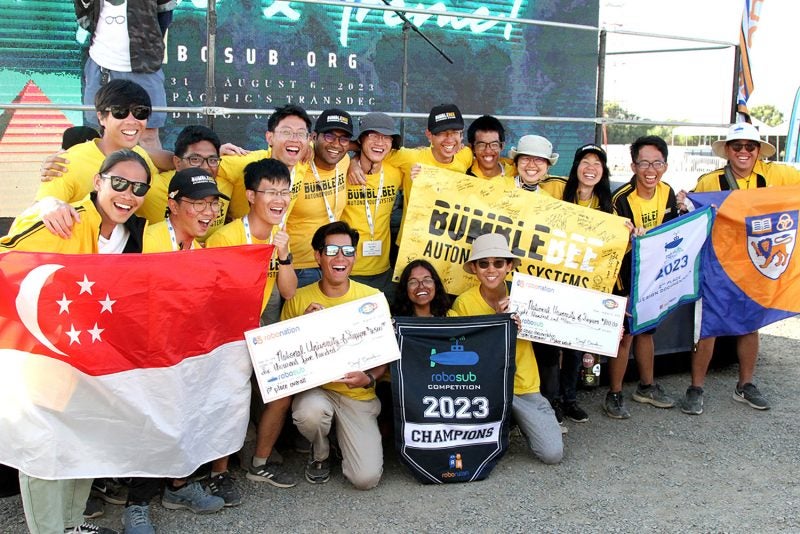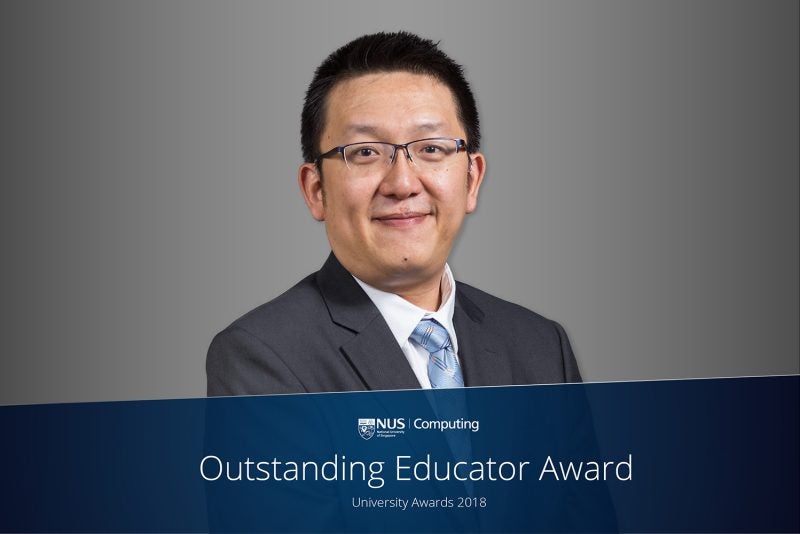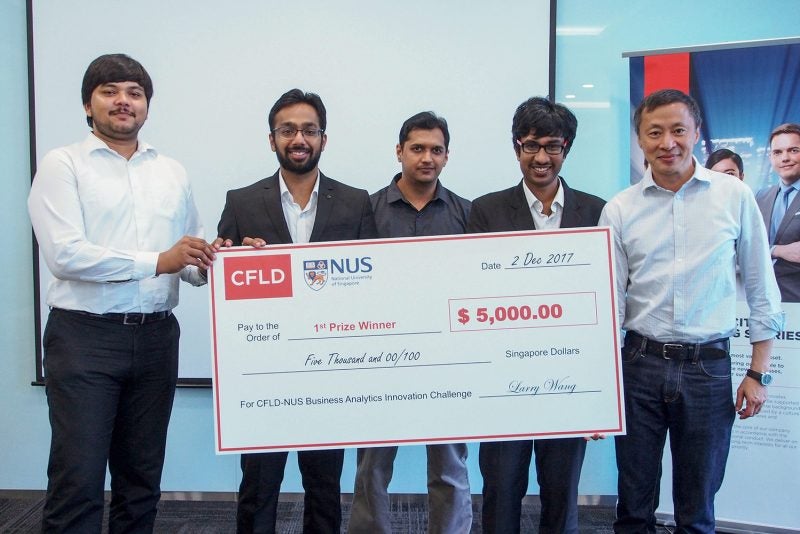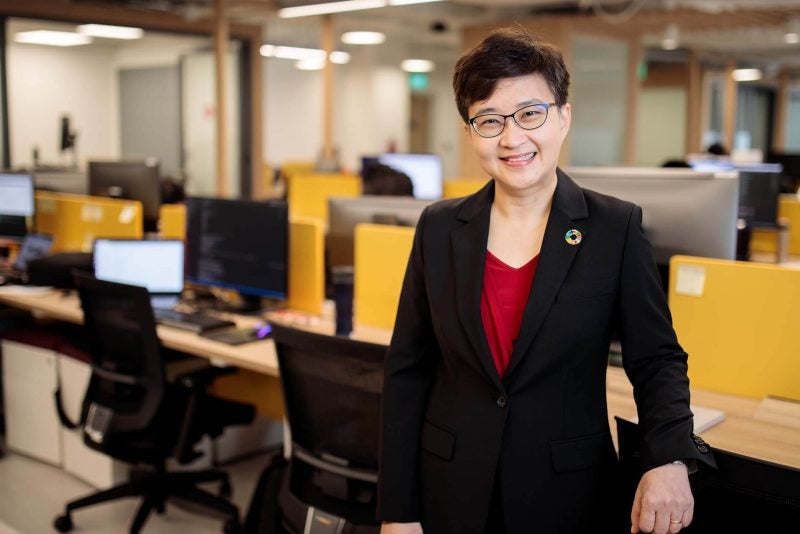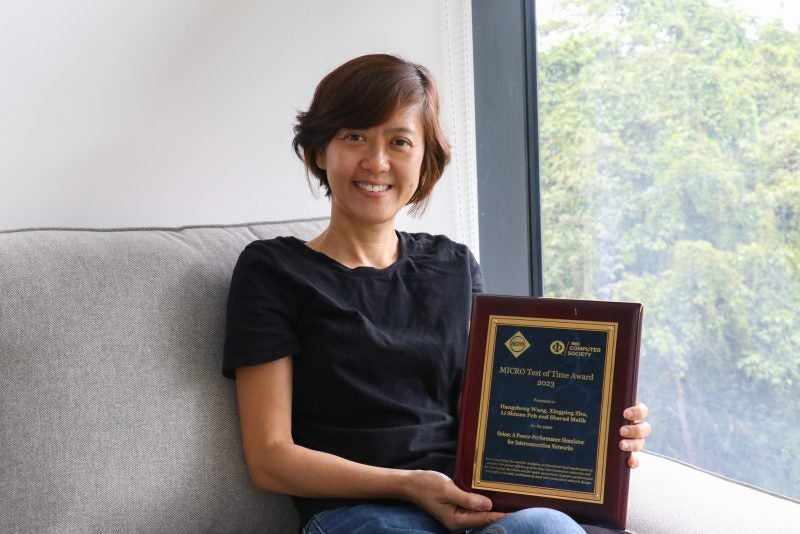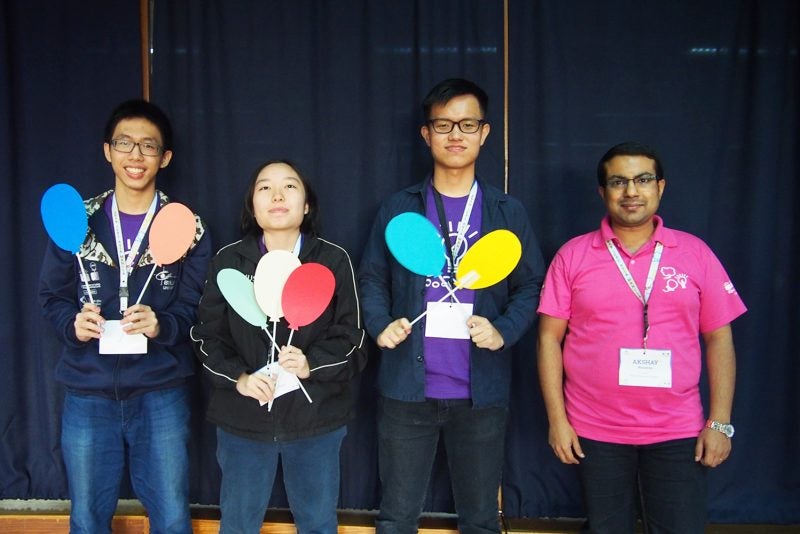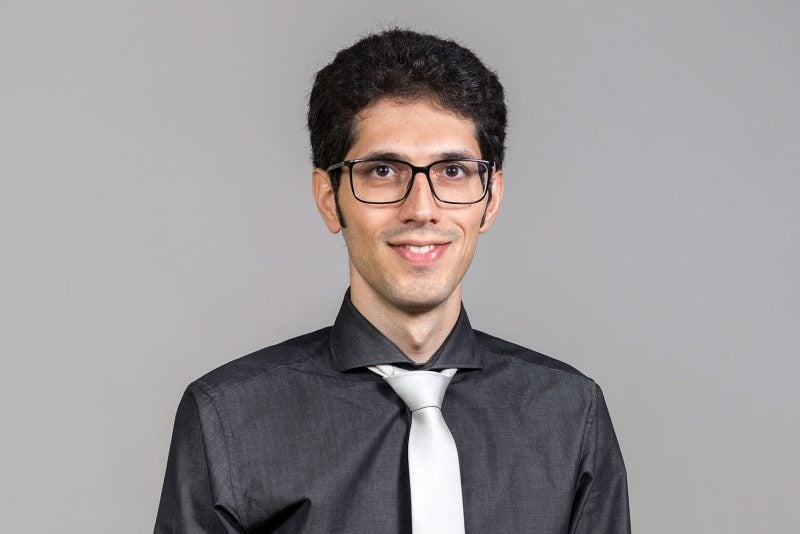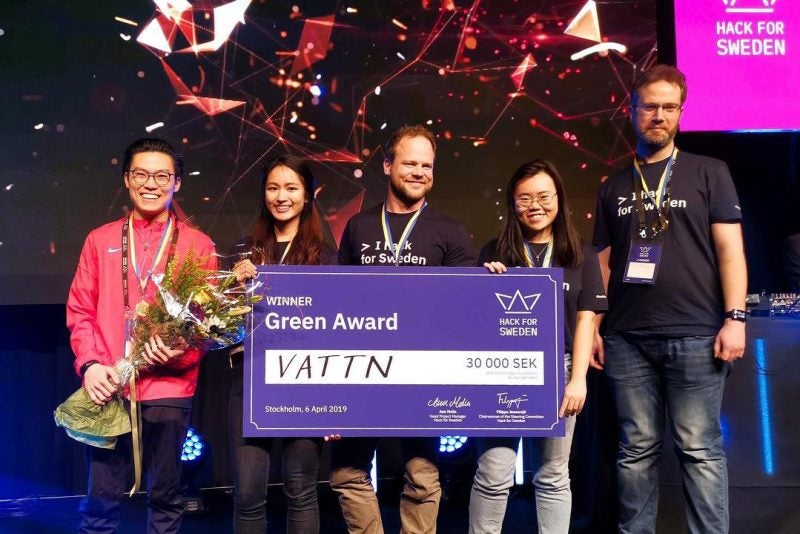5 November 2018 – NUS Computing PhD student Li Jianshu, together with his collaborators from NUS Engineering, won the Best Student Paper Award at the 2018 ACM Multimedia Conference (ACM MM) held in Seoul, Korea, from 22 to 26 October this year.
The team won the award for their research in computer vision and multimedia analysis. Their paper, “Understanding Humans in Crowded Scenes: Deep Nested Adversarial Learning and A New Benchmark for Multi-Human Parsing”, was one of 209 papers accepted for the conference and one of four papers shortlisted for the prestigious award. Jianshu co-authored the paper together with NUS Engineering PhD students Zhao Jian and Cheng Yu, NUS Computing Associate Professor Terence Sim, and NUS Engineering faculty members Associate Professor Yan Shuicheng and Assistant Professor Feng Jiashi.
Jianshu, Zhao Jian and Cheng Yu developed a new method for computers to recognise and visually understand people in photos and videos. “While there has been a noticeable progress in the way computers perform perceptual tasks, computers still struggle with visually understanding humans in crowded scenes,” explained Jianshu.
To combat this problem, the team developed a large-scale database of over 25,000 elaborately annotated images of people in groups of varying sizes, poses and interactions captured in real-life scenarios. The team also developed a new recognition model that can detect and segment clothes and body parts in a crowd scene, while still being able to differentiate different identities of the subjects. The team believes that their new model and database will help drive further research and development into areas such virtual reality, image editing, and autonomous driving.
“Our research has shown that our model outperforms current existing state-of-the-art solutions on our database and several other databases. Furthermore, our work tackles a novel situation with an original method and our dataset can contribute to further research into this topic,” Jianshu added.
At the conference, Jianshu and team chose to present their research in an unconventional method – using stories and cross-talk. “We prepared for the presentation for a long time and we were quite pleased with the number of good responses we received from the audience after our presentation,” said Jianshu. “We were happy that we achieved our goal of making our work memorable and I felt that the time spent preparing it was all worthwhile in the end.”

